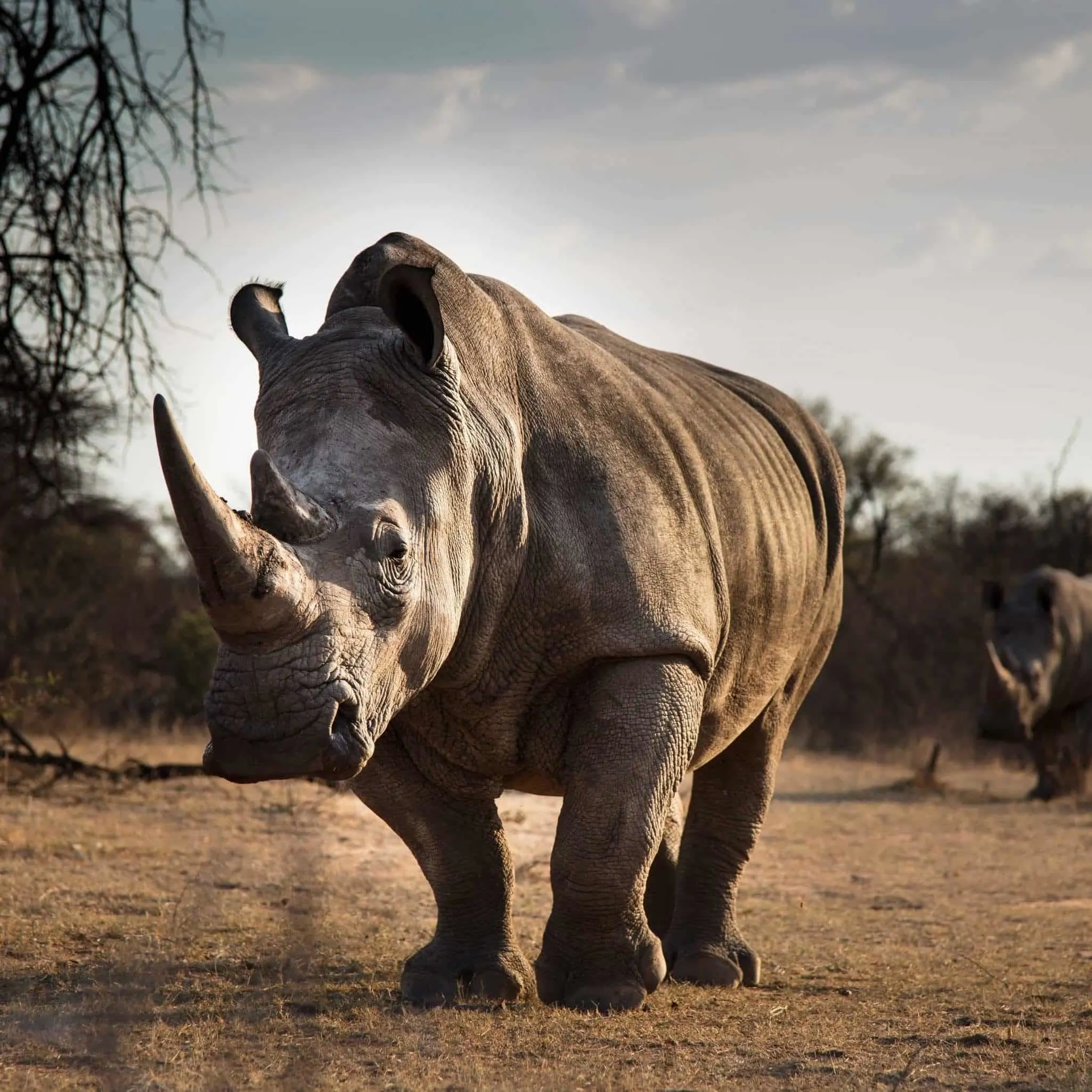Are you curious about the similarities and differences between an African elephant vs. black rhinoceros? These are two of the fascinating members of African wildlife, yet there is still much to learn about them.
Let’s explore their unique behaviors and characteristics, provide interesting facts about each, and highlight what makes them unique. By understanding how these robust creatures interact with their environment, we can gain new insight into how conservation efforts might benefit both animals.
Join us as we dive deeper into the lives of the fantastic African elephant and mighty black rhinoceros!
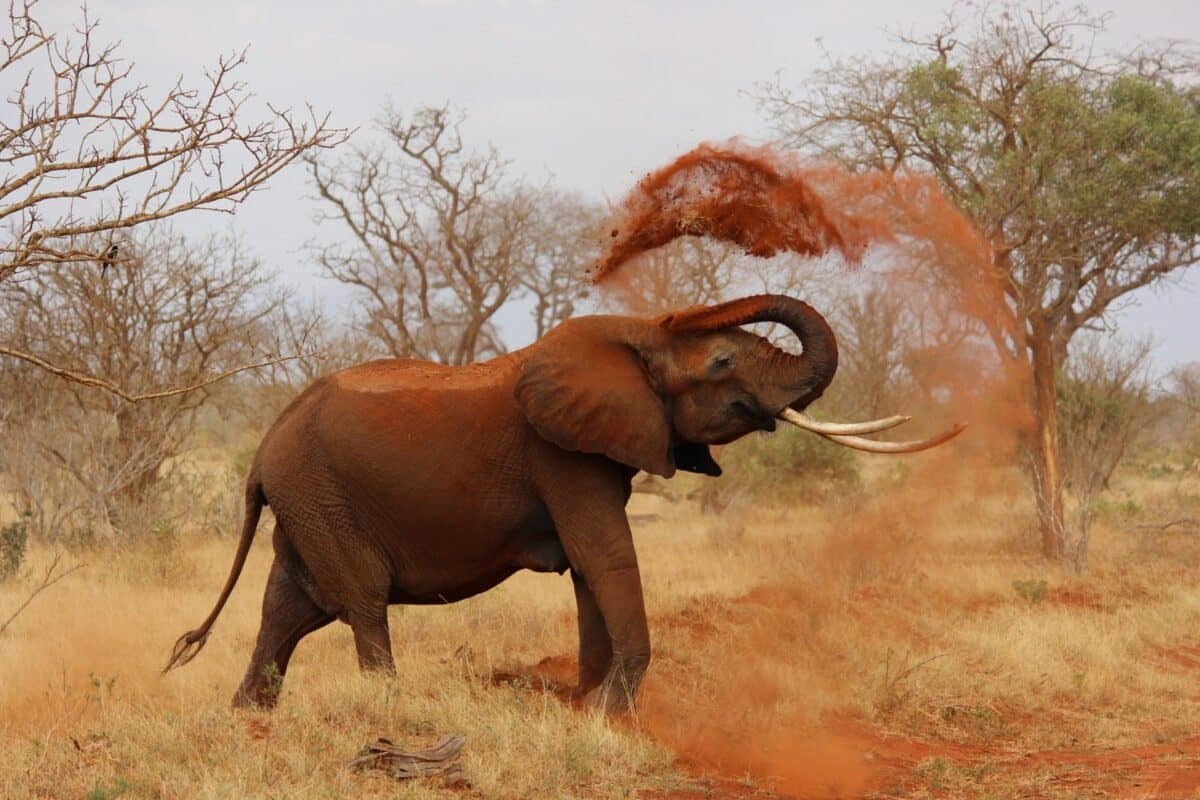
Want to jump ahead? Click below
Comparison Table
| African Elephant | Black Rhinoceros | |
|---|---|---|
| Scientific Name | Loxodonta africana | Diceros bicornis |
| Habitat | Savannas, forests, and deserts | Grasslands, savannas, and forests |
| Size | Height: 8-13 ft (2.4-4 m) Length: 19-24 ft (5.8-7.3 m) Weight: 5,000-14,000 lbs (2,268-6,350 kg) | Height: 4-6 ft (1.2-1.8 m) Length: 10-12 ft (3-3.7 m) Weight: 1,760-3,080 lbs (800-1,400 kg) |
| Diet | Herbivorous – mainly eats grasses, leaves, fruits, and bark | Herbivorous – mainly eats leaves, branches, shoots, and fruits |
| Social Behavior | Lives in large groups led by a matriarch | Solitary, except during mating season |
| Population Status | Vulnerable | Critically Endangered |
| Threats | Habitat loss, poaching for ivory, human-wildlife conflict | Poaching for their horns, habitat loss, and human-wildlife conflict |
| Unique Characteristics | Largest land animal, big ears used for communication and cooling, has a prehensile trunk | Has two horns made of keratin, can run up to 35 mph (56 kph), and has a hooked lip used for browsing on plants |
Key Differences Between African Elephants And Black Rhinoceroses
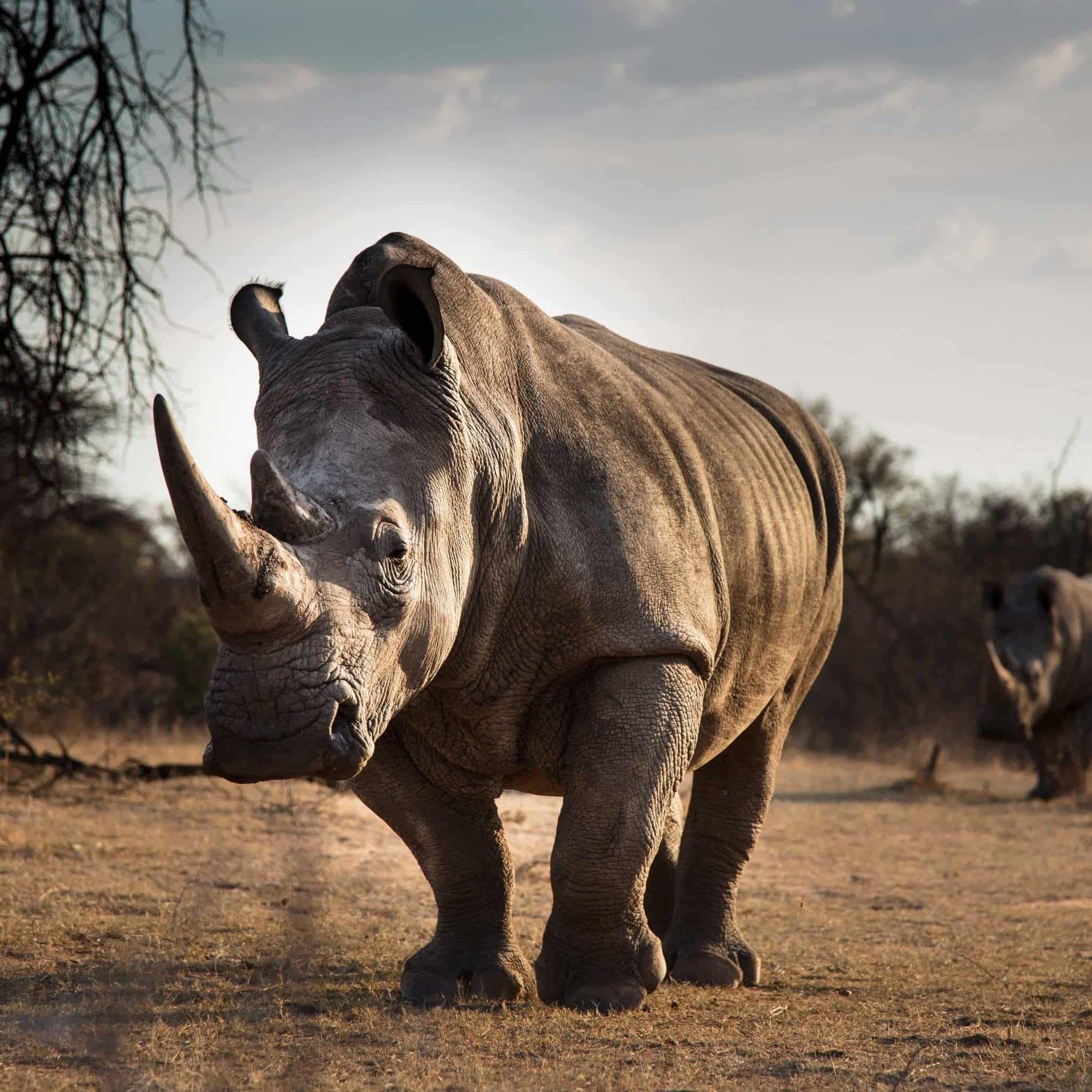
When it comes to wildlife conservation, understanding key differences between different species is crucial.
- At first sight, African elephants and black rhinoceroses may appear similar but possess notable distinctions.
- Elephants are the largest land mammals, while rhinoceroses are much smaller in comparison.
- Elephants have elongated trunks and two large tusks, whereas rhinoceroses have a short, strong snout and two horns.
- Interestingly, elephants are herbivores, while rhinoceroses are omnivores.
Remembering these essential distinctions when researching or working with these splendid creatures is crucial. With an understanding of these differences, we can enhance our appreciation and conservation efforts for these unique species to benefit future generations.
Physical Features And Behaviors Of Each Species
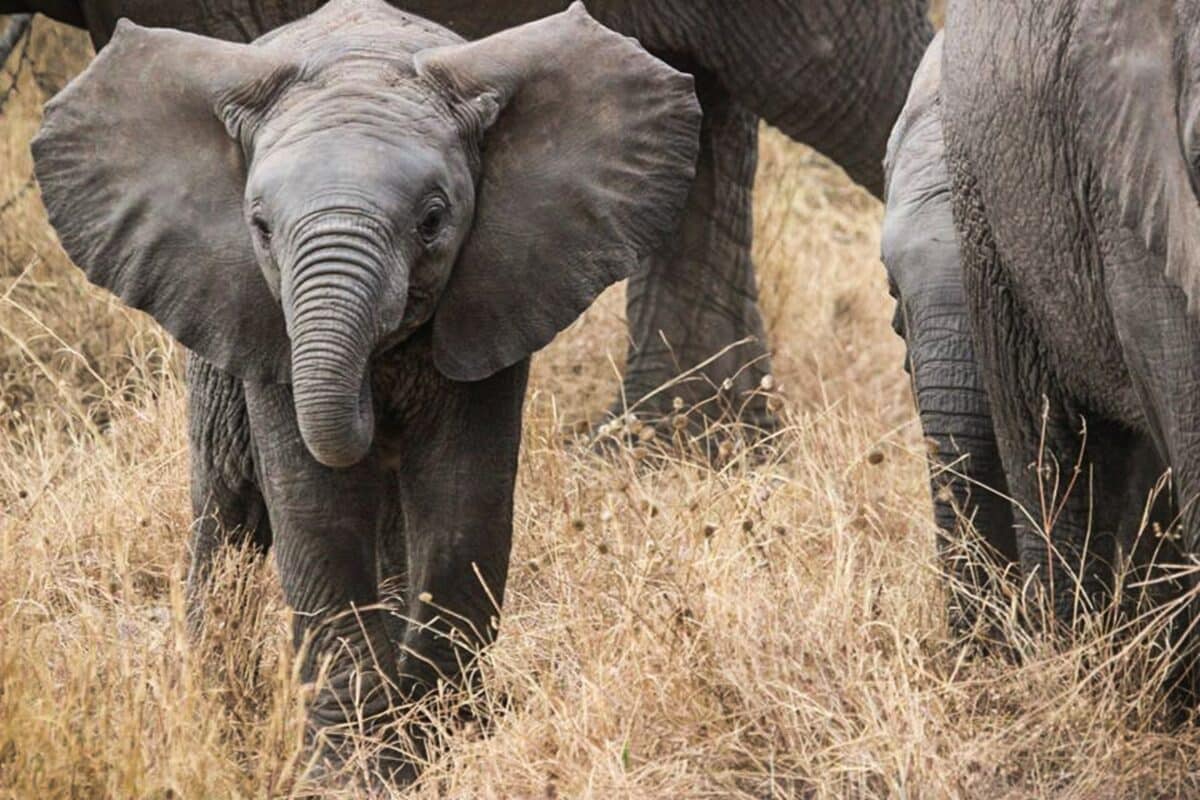
African elephants and black rhinoceroses are two of the most fascinating and majestic mammals in the animal kingdom. The physical features of the African elephant are remarkable, with their large ears, elongated trunks, and massive size weighing up to 14,000 pounds. They are highly intelligent and social creatures with a strong sense of family, often forming lifelong bonds with their herd members.
In contrast, the black rhinoceros is a solitary creature that can weigh up to 3,000 pounds, with its distinguishing feature being its hooked lip used for grasping leaves and twigs. Despite their tough exterior, black rhinoceroses are surprisingly fast and agile, capable of running up to 35 mph.
Understanding these two magnificent species’ physical features and behaviors is crucial in preserving their existence and educating future generations about their importance in our ecosystem.
Habitats And Diets Of African Elephants Vs. Black Rhinoceroses
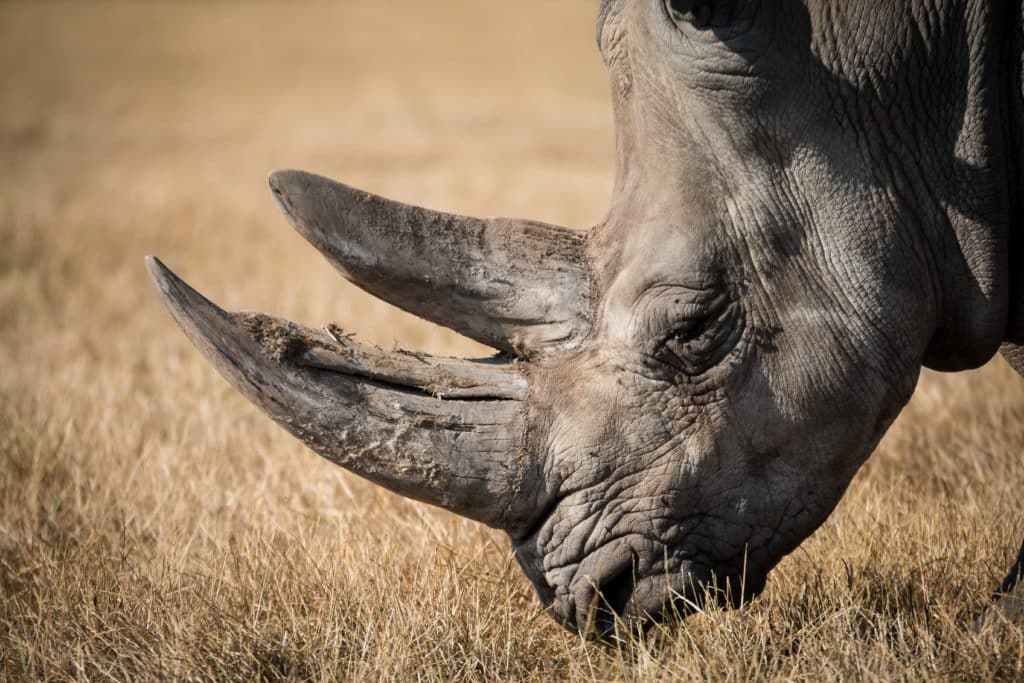
The African elephant and black rhinoceros are two of Africa’s most iconic animals, but what is the difference between their habitats and diets? The African elephant, which needs immense quantities of sustenance daily, is the biggest land animal on the planet. From savannas to forests, elephants across Africa tend to prefer areas with abundant vegetation.
In contrast, black rhinoceroses have a more limited range, primarily in savannas and grasslands. They can survive in more arid conditions than elephants and have a specialized diet, feeding primarily on woody plants and bushes.
Both animals are threatened by habitat loss and poaching, making it even more vital to understand their unique needs and how to protect them.
Check out TOP 5 FACTS ABOUT BLACK RHINOS.
Population Size, Endangered Status, And Conservation Efforts For Both Species
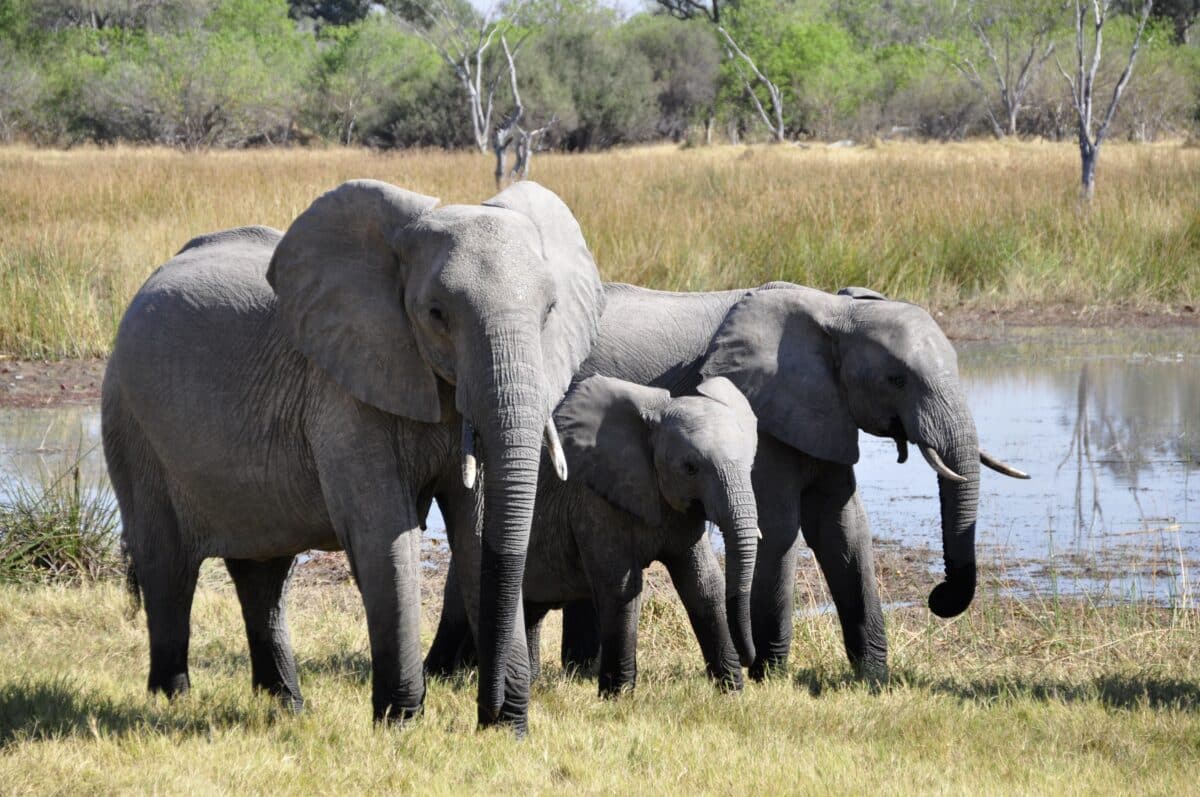
- The African elephant, the largest land animal on Earth, has seen a significant decline in population due to habitat loss and poaching for its ivory tusks. Today, only about 415,000 are left in the wild.
- Conversely, the black rhinoceros, with a much smaller population of around 5,500, is critically endangered due to hunting for its prized horn.
- Efforts to conserve both species are underway, with anti-poaching initiatives and habitat protection measures being implemented.
Nonetheless, ensuring the preservation of these magnificent beings is an enduring challenge that demands sustained focus and allocation of resources.
Check out AFRICAN ELEPHANT: STRONG, SMART, BUT VULNERABLE SPECIES.
Interesting Facts About African Elephants And Black Rhinoceroses
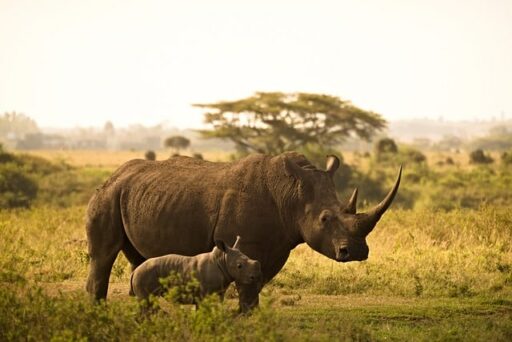
African elephants and black rhinoceroses are fascinating creatures that don’t cease to amaze us with their abilities and unique features. African elephants are the largest land animals on Earth and have one of the longest gestation periods of all mammals, lasting up to 22 months.
On the other hand, black rhinoceroses are critically endangered, with only an estimated 5,000 remaining in the wild. These majestic beasts can weigh over 3,000 pounds, yet they can run up to 35 miles per hour.
Despite being such massive animals, both creatures are exceptionally agile and graceful in their movements. They both play a vital role in their ecosystem; learning more about them can help us appreciate the wonders of the animal kingdom.
Check out The state of the world’s rhino populations.
How To Help Protect These Animals From Extinction
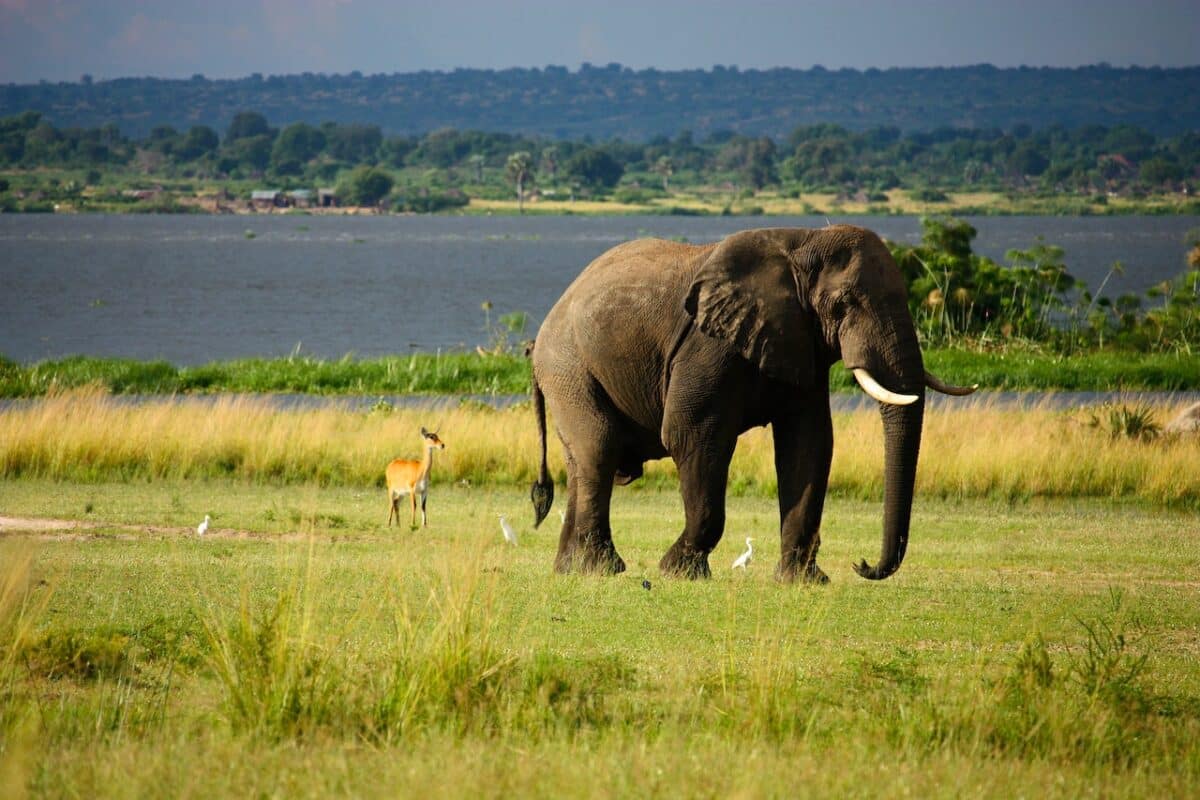
African elephants and black rhinoceroses are two of the world’s most iconic and beloved animals. Sadly, these majestic creatures face extinction threats due to poaching, habitat loss, and other human activities. To help protect these animals, we must take action.
There are many different ways to get involved, from supporting anti-poaching efforts to advocating for stricter laws and regulations. We can also contribute to conservation organizations that tirelessly strive to safeguard these creatures and their environments. Collaboratively, we can strive to secure the sustained thriving of African elephants and black rhinoceroses for posterity.
Key Points of African Elephant vs. Black Rhinoceros
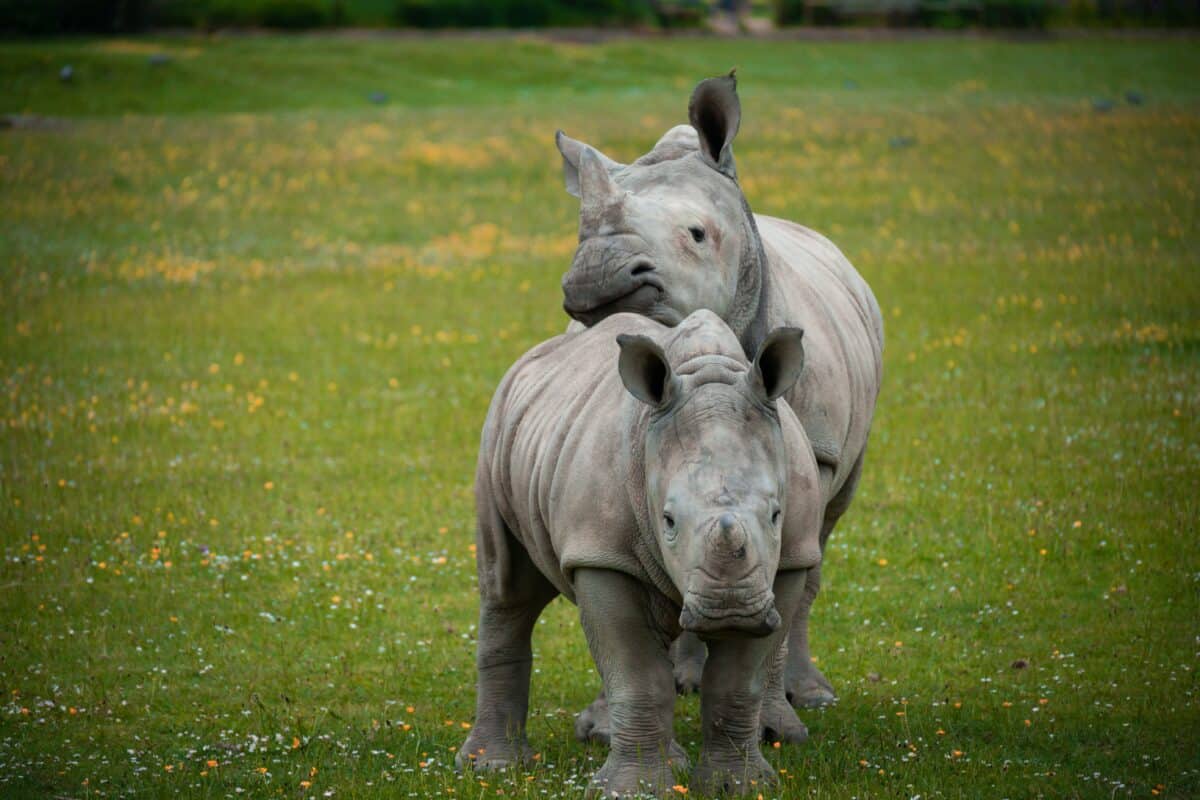
| The physical features of the African elephant are remarkable, with their large ears, elongated trunks, and massive size weighing up to 14,000 pounds. They are brilliant and social creatures with a strong sense of family, often forming lifelong bonds with their herd members. |
| Elephants have elongated trunks and two large tusks, whereas rhinoceroses have a short, strong snout and two horns. |
| Interestingly, elephants are herbivores, while rhinoceroses are omnivores. |
| The physical features of the African elephant are remarkable, with their large ears, elongated trunks, and massive size weighing up to 14,000 pounds. They are highly intelligent and social creatures with a strong sense of family, often forming lifelong bonds with their herd members. |
| In contrast, the black rhinoceros is a solitary creature that can weigh up to 3,000 pounds, with its distinguishing feature being its hooked lip used for grasping leaves and twigs. Despite their tough exterior, black rhinoceroses are surprisingly fast and agile, capable of running up to 35 mph. |
Wrapping Up with African Elephant vs. Black Rhinoceros
Through this guideline, we’ve better understood the African elephant and the black rhinoceros and how the two animals interact with their environment. While the similarities between them are undeniably fascinating, what stands out most is how these amazing creatures differ from one another.
From their unique physical appearances and behaviors to their distinct habitat requirements, it is clear that both of these animals contribute special value to our world. With our newfound knowledge of these powerful animals, let us commit to protecting their habitats and implementing conservation efforts so they can thrive in the future.
Join us in our mission to ensure that African elephant and black rhinoceros populations continue increasing throughout Africa!
Thanks for following along with me! I hope you enjoyed reading about these two exciting animals. Next is African Elephant vs. Barasingha, vs. Wild Horse or vs. Bactrian Camels
Join our Forum for free today!

- Kind Elephant Merciful To Lion Cubs - July 22, 2024
- Beachgoers Save Massive Shark Stranded In Florida - July 22, 2024
- Pit Bull Rescued From Being Chained Its Whole Life Gets A Surprise - July 21, 2024

